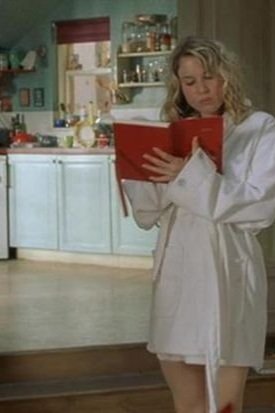The Mid-Century Movement: Modern Design in Interior Design History
The Rosenbaum House designed by Frank Lloyd Wright | Photo by Courtney Pickens on Unsplash
This blog post contains affiliate links. For more information please visit our disclaimer page.
The mid-century design movement, a prominent era spanning from the 1940s to the late 1960s, has left an indelible mark on the world of architecture and interior design. This influential movement redefined the aesthetic landscape by embracing simplicity, functionality, and a futuristic mindset. In this blog post, we delve into the captivating history and essential design elements that define the mid-century style, while shedding light on the major architects and interior designers who shaped this inimitable movement.
A Glimpse at the History
Emerging in the aftermath of World War II, the mid-century design movement represented a shift in attitudes, as people sought to create a better future. This period was characterized by rapid technological advancements, embracing new materials and manufacturing techniques. Architects and designers, inspired by the principles of modernism, sought to create living spaces that were functional, uncluttered, and forward-thinking.
Major Design Elements
1. Clean Lines and Organic Forms: A hallmark of mid-century design is its focus on clean lines and organic forms. Furniture pieces often featured sleek, low profiles, with a focus on geometric shapes, such as triangles, rectangles, and circles. The intention was to create balance and harmony while maintaining simplicity.
Three chairs and a table designed by Eero Saarinen | Photo by Balthazar Korab from the Library of Congress
2. Embracing New Materials: The mid-century period witnessed the integration of innovative materials, such as molded fiberglass, plywood, and Plexiglas. These materials allowed for experimental and imaginative designs that challenged the traditional notions of furniture and structural components.
Eero Saarinen House Interior | Photo by Balthazar Korab from the Library of Congress
3. Open Floor Plans: The mid-century design movement brought about a fundamental change in spatial design, with an emphasis on open floor plans. Walls were dismantled, and rooms flowed into one another, promoting a sense of connectedness and allowing more natural light to enter the living spaces.
4. Bold Colors and Graphic Patterns: Vibrant hues, including avocado green, burnt orange, and teal blue, were used extensively in mid-century design. These bold colors were complemented by graphic patterns and abstract motifs, adding visual interest and personality to the interiors.
The mid-century design movement left an indelible mark on the architecture and interior design world, reshaping our visual landscape and inspiring generations to come. Its fusion of simplicity, functionality, and futuristic vision continues to enchant and influence designs today. Through the artistic vision of architects and designers like Frank Lloyd Wright, Eero Saarinen, Charles and Ray Eames, and Florence Knoll, the mid-century movement transcended its time, leaving us with a legacy of iconic and timeless designs.
The Arch designed by Eero Saarinen | Photo by Cecil W. Stoughton from Wikimedia Commons
So, next time you come across a sleek, minimalist piece of mid-century design, take a moment to admire its clean lines, embrace its functionality, and appreciate the visionary minds that helped define an era.










